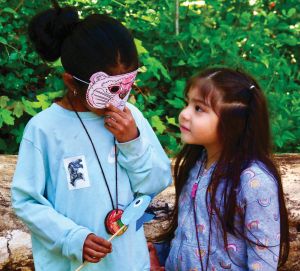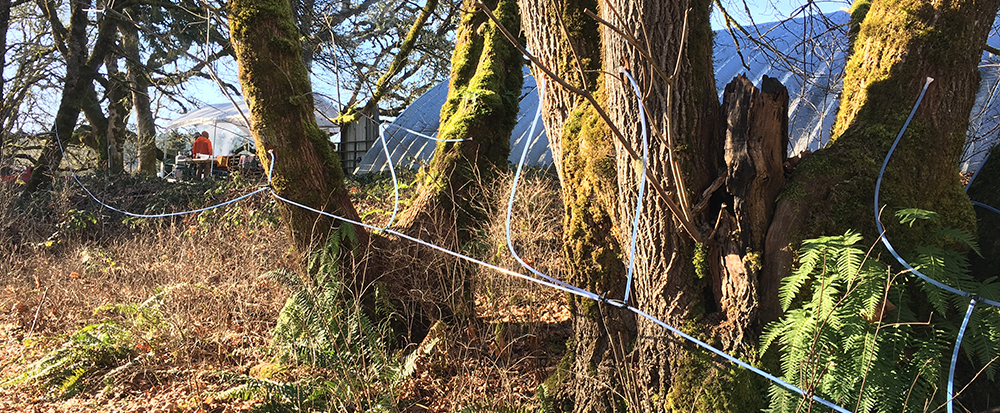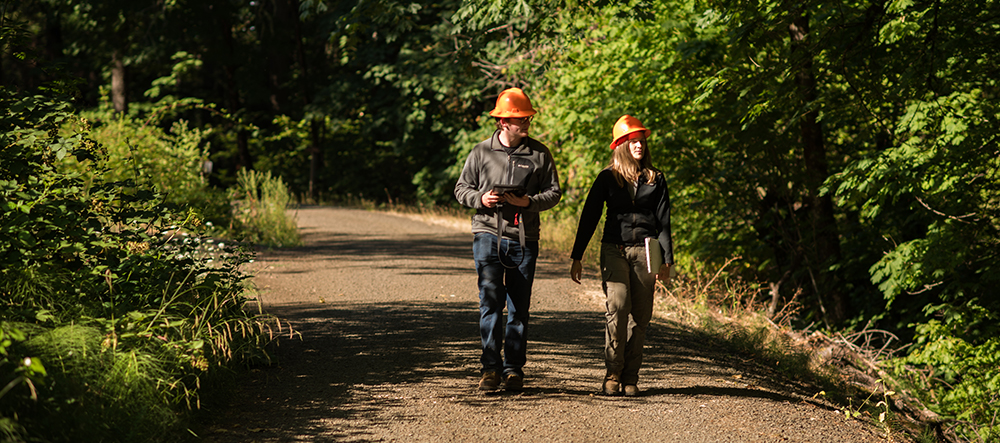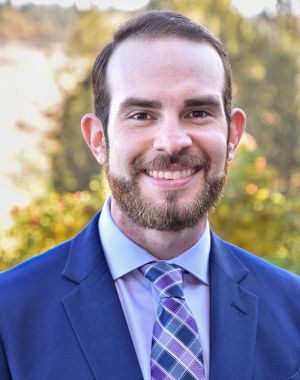
by Crystal Kelso, Education Program Assistant in Forestry and Natural Resources Extension
Did your woodlands sustain storm damage from this weeks ice storm? Wondering what to do next? This will depend on the conditions of your site (like wind exposure) as well as your management plan. Each stand is unique and each landowner has their own goals and objectives for their woodland property.
Your first actionable steps may look like the following:
Safety First! Wear proper PPE, and unless you are experienced with chainsaws, do not attempt to fell storm damaged trees yourself.
Assessment – Map the damaged area. Walk your property and note the extent of the damage on your maps or photos. Draw boundaries to help determine the size of the area impacted. Note species, size, type of damage, quality of trees, etc.
Trees with breakage:
- Trees with less than 50% crown (branches and leaves) loss will most lively recover.
- Trees with more than 75% crown top loss are likely to die and be a greater risk for both insects and diseases.
- Trees with 50% to 75% crown loss should be maintained but may develop stain and decay loss to the wood and should be reevaluated every 4 to 6 years.
- Trees with structural damage to the main trunk, including splits and fractures, should be removed.
Trees that are uprooted:
- If uprooted completely they will be degraded quickly by insects, stain, and fungi.
- Trees which are partially uprooted and their crowns are still green with leaves will last longer.
Tree with major wounding:
- If these wounds are more than two inches deep and affect more than 25% of the circumference of the tree’s trunk, they are major sites for stain and decay and should be salvaged.
- Smaller wounds do not represent major damage to trees.
Trees that are bent over:
- These trees often have cracks or fractures in the trunk and major limbs.
- If the cracks or fractures extend down more than 25% of the tree’s trunk, harvesting is recommended.
- Trees less than 15 feet tall with small cracks will usually straighten and recover.
Salvage Potential – Tree value is determined by species, size, and quality.
- If salvageable trees are still standing and have branches with green leaves, they will not degrade significantly in the next 6 to 12 months.
- Trees which have blown over or are not standing should be salvaged before next spring.
- Wood on the ground begins to degrade immediately; there are some differences in species as to how fast stain and decay enter the wood.
Woodland Management Plan – Revisit this, adjust and adapt as needed.
- Don’t abandon good forestry practices when working with damaged woodlands.
- Don’t remove too many trees.
- Look for opportunities to improve wildlife habitat in woodlands.
- Work with your forester to evaluate reproduction needs before harvesting.
Resources:
Managing Storm Damaged Woodlands by Iowa State University Extension:
https://naturalresources.extension.iastate.edu/encyclopedia/managing-storm-damaged-woodlands
Treatment options for young forest stands damaged by fire or ice by OSU Extension:
https://extension.oregonstate.edu/forests/fire/treatment-options-young-forest-stands-damaged-fire-or-ice
As always, stay warm and safe!
Your OSU Extension Forestry & Natural Resources Team









